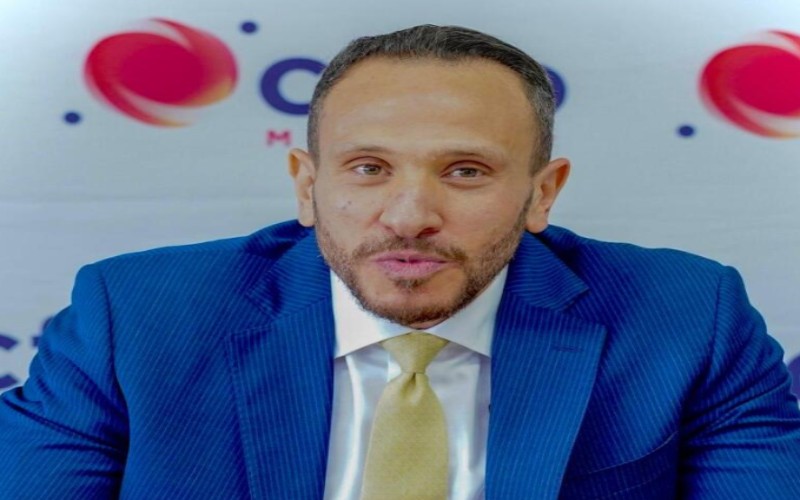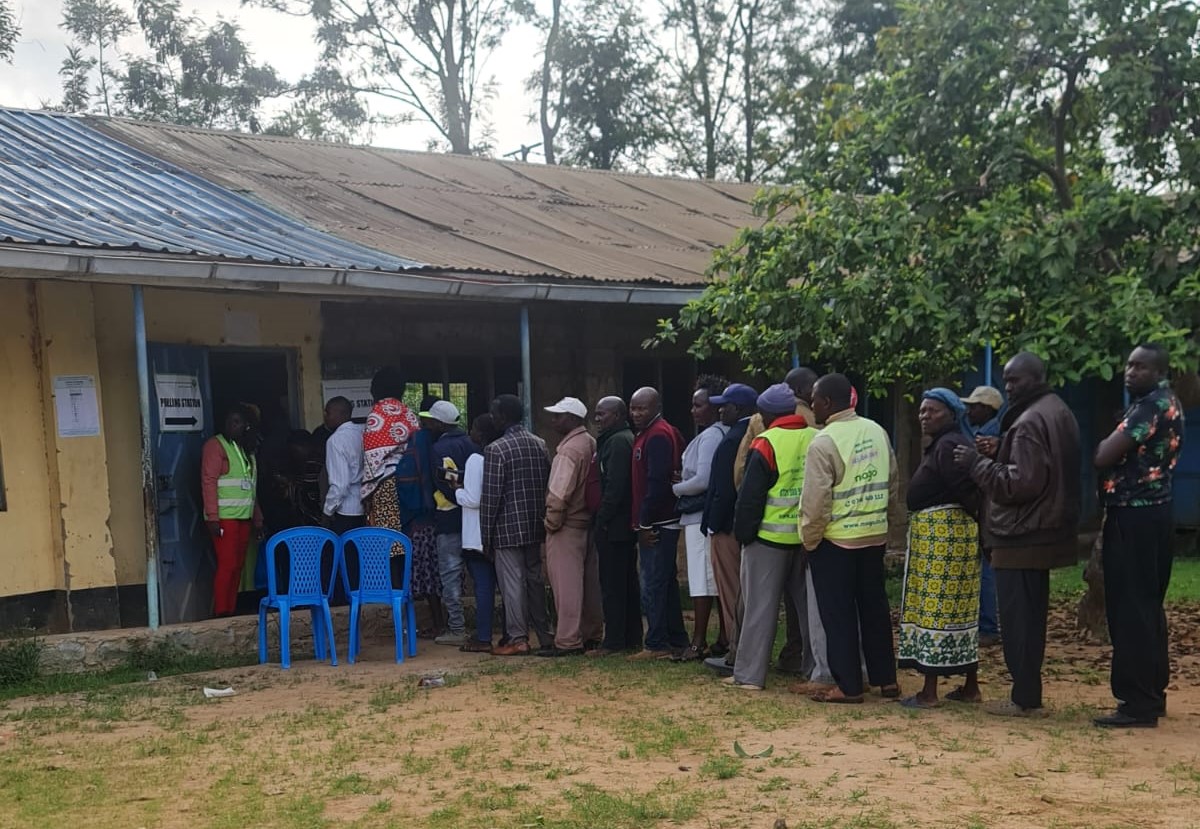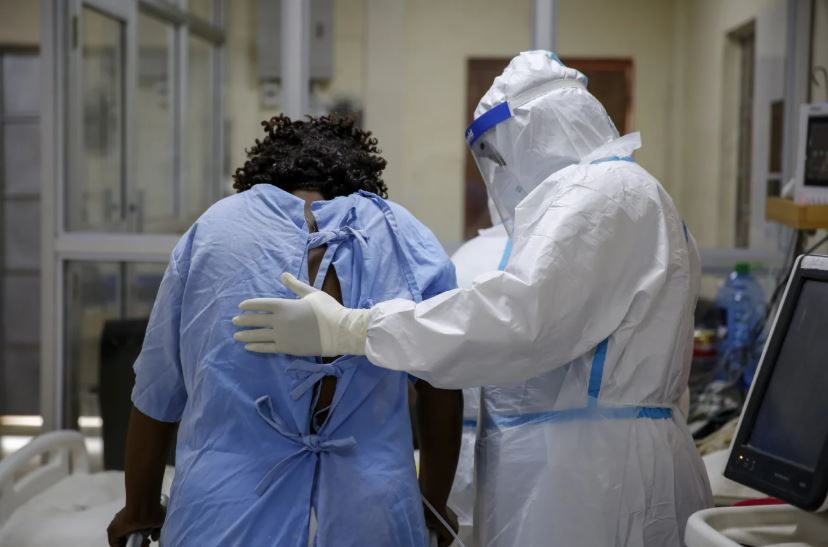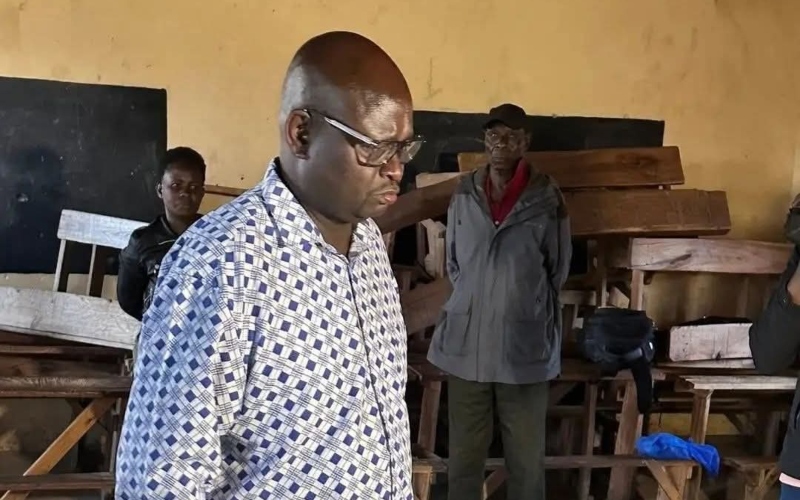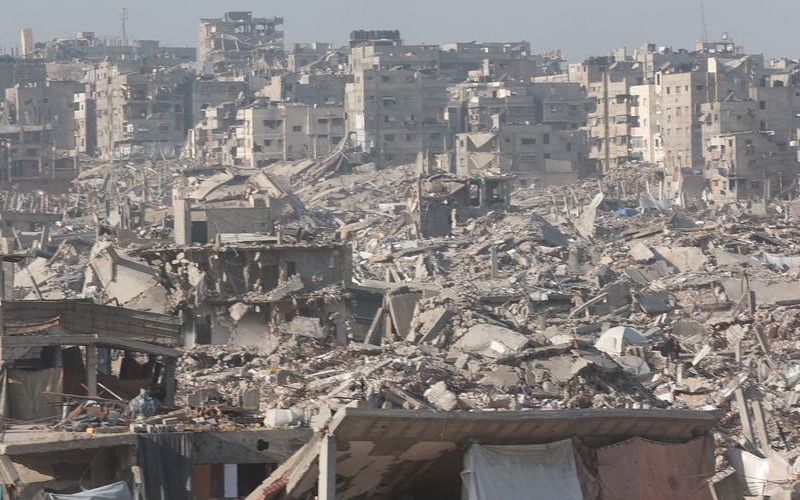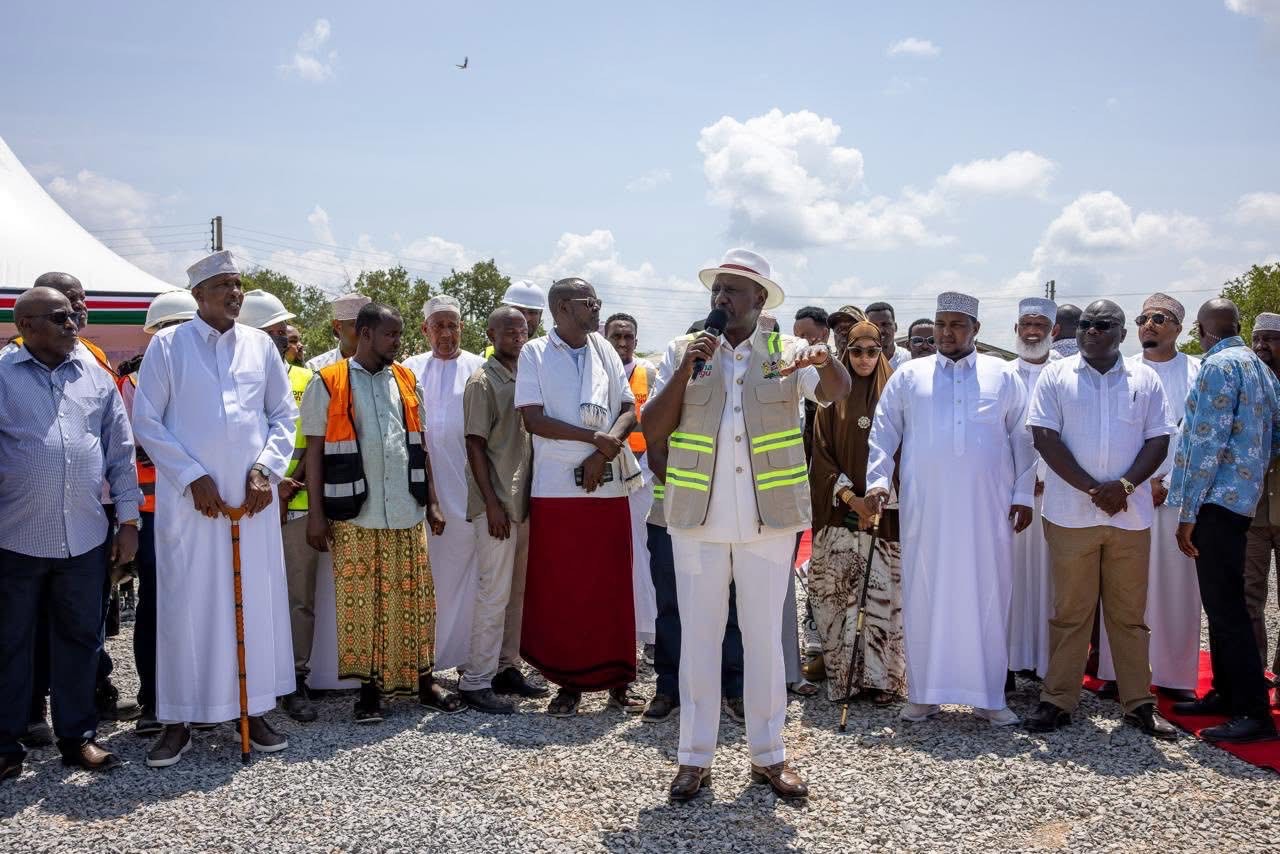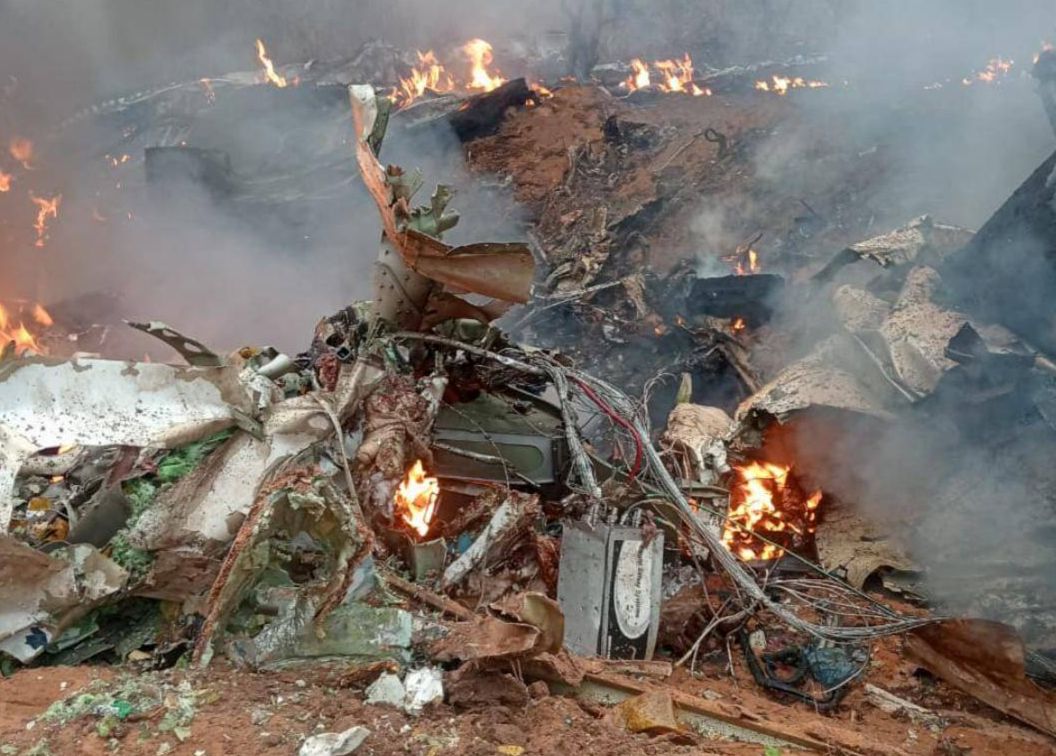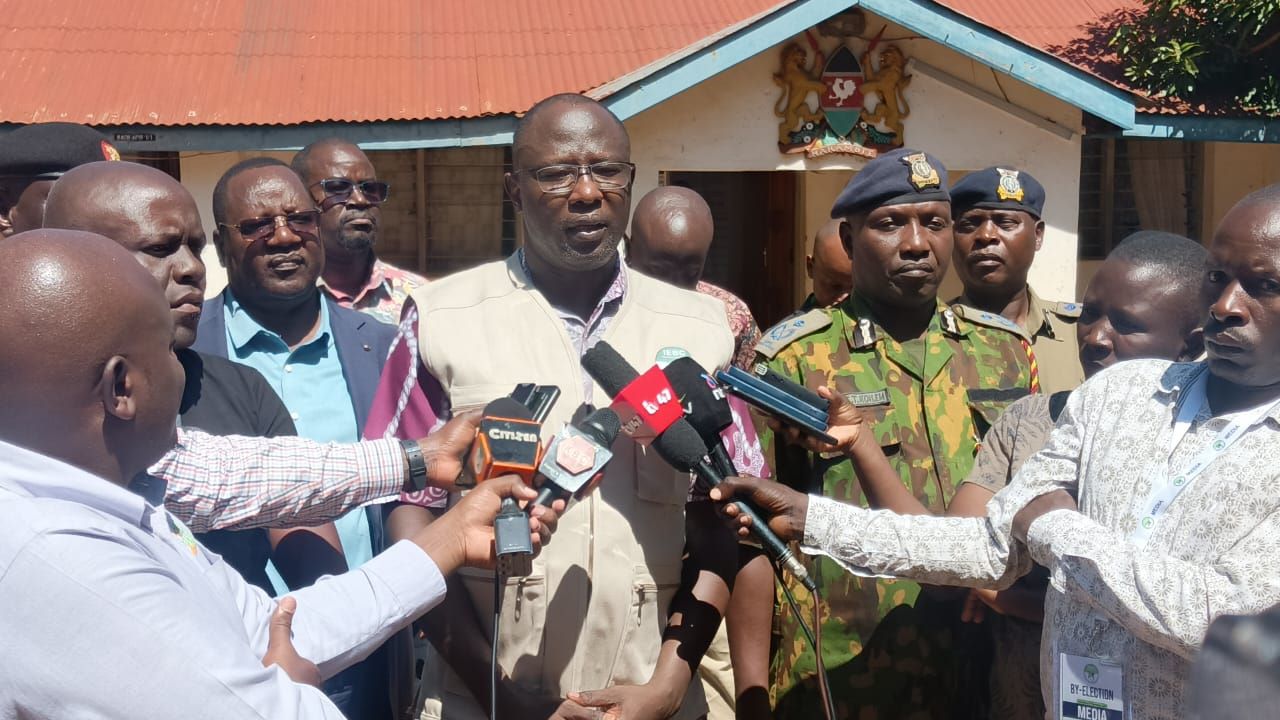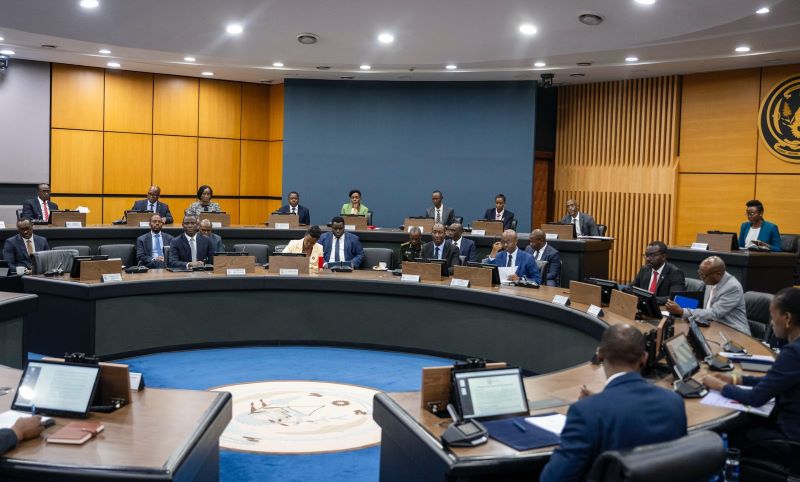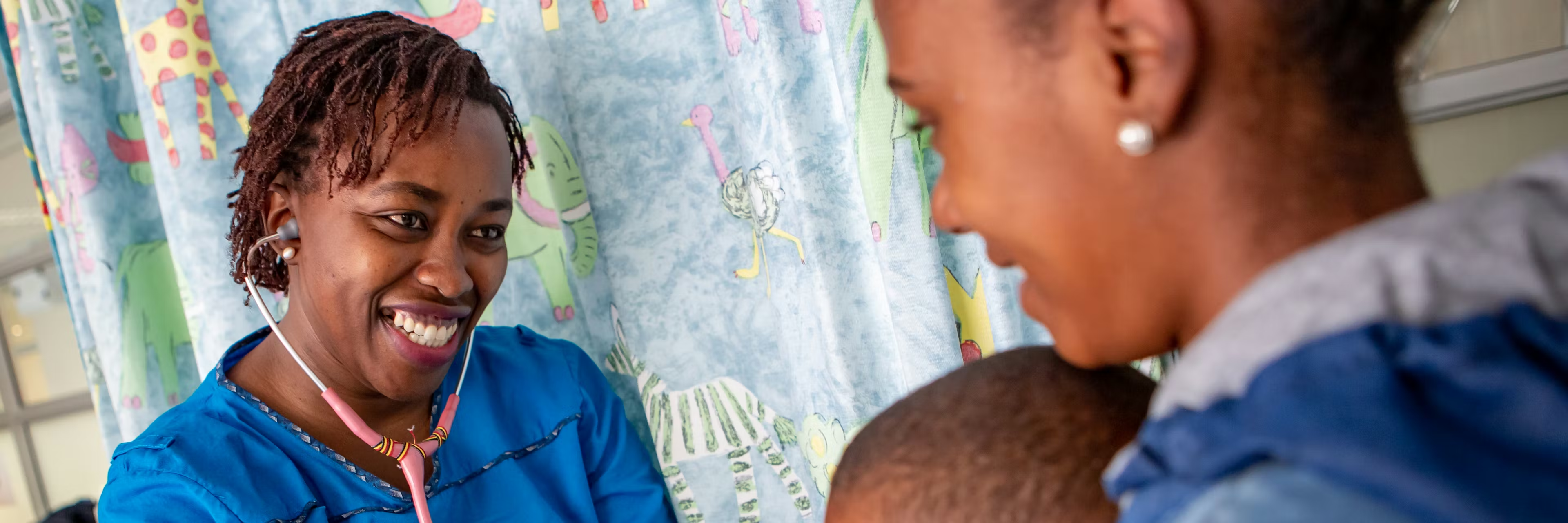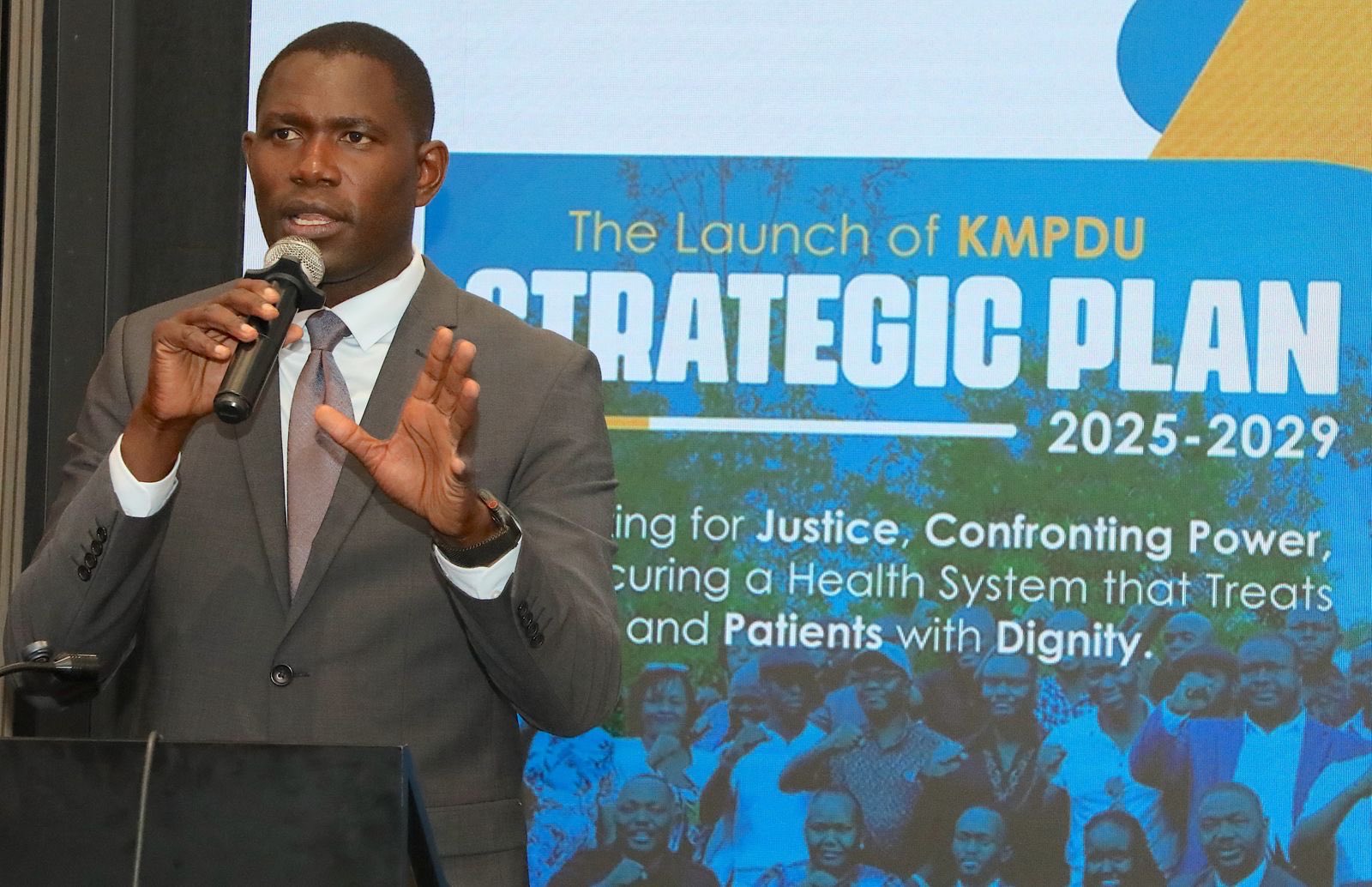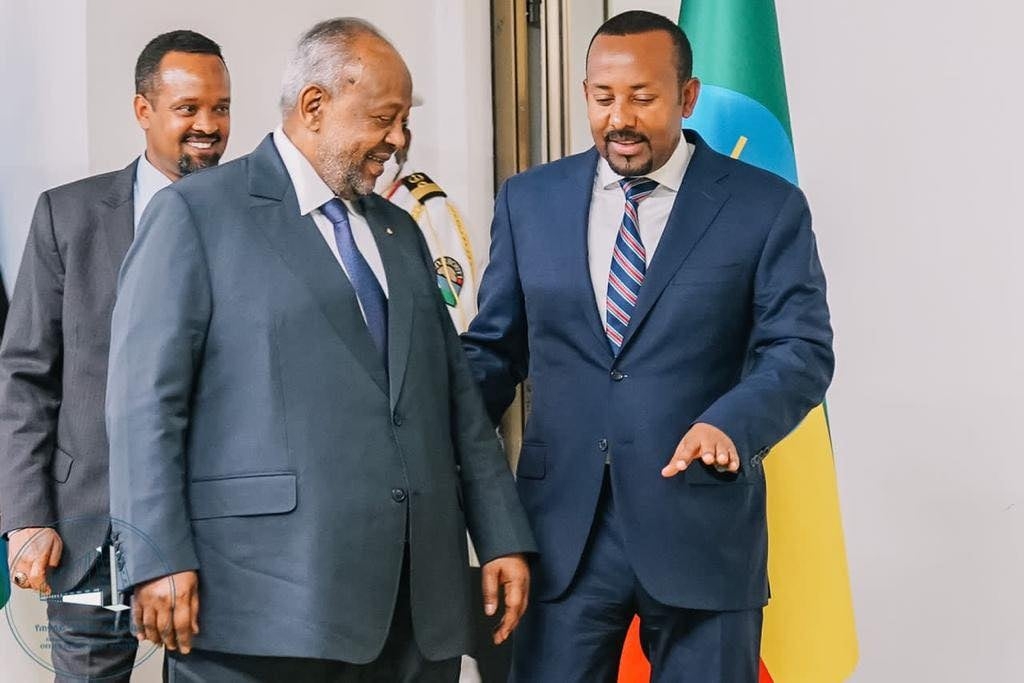US aid freeze puts Kenya at risk of 60,000 new HIV infections by 2030
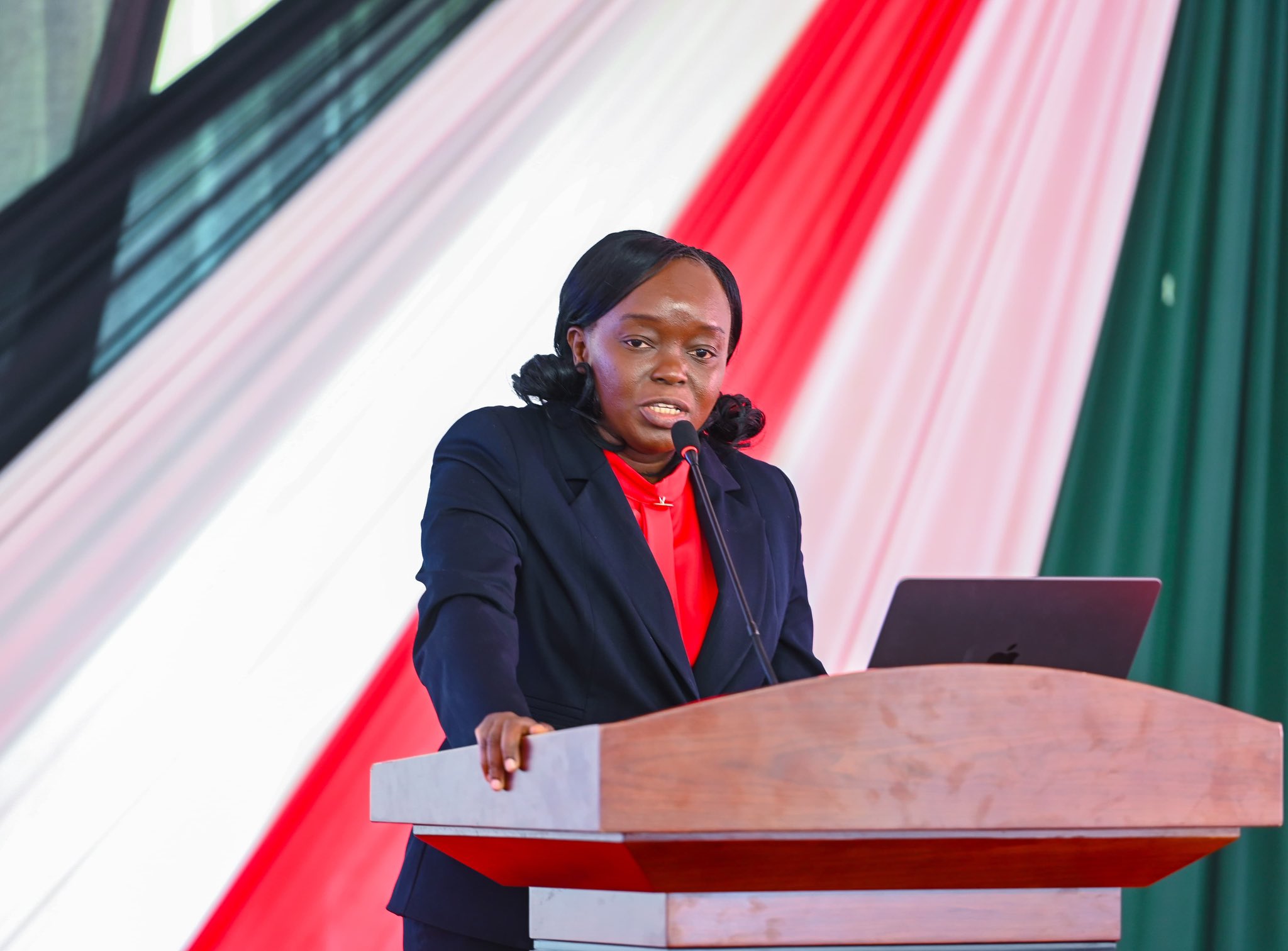
Beyond disease programmes, the USAID funding freeze has disrupted healthcare staffing, leading to the loss of 11,058 frontline workers.
Kenya is at risk of having approximately 60,000 new HIV infections by 2030 due to a freeze on donor support from the United States Agency for International Development (USAID), which has left an annual funding gap of approximately Sh30.9 billion.
The Ministry of Health and the Council of Governors have warned that the withdrawal of funds will severely impact key health programs, particularly those targeting HIV, tuberculosis, and malaria.
More To Read
- US halts Sh64 billion in funding for mRNA vaccine projects
- 14 million people at risk as USAID officially closes its doors after 64 years
- Faith leaders call for more awareness to tackle endemic diseases as donor cuts bite
- What happens if Trump trashes the AGOA pact?
- 11 Kenyan health institutions receive Sh42 billion from US Embassy amid USAID shutdown
- WHO proposing to cut jobs and slash budget by a fifth, memo shows
According to health officials, the cut will leave a shortfall of Sh12.26 billion annually for essential health products and technologies.
Health Cabinet Secretary Dr Deborah Barasa on Monday cautioned that the funding reduction could have devastating consequences for HIV treatment and prevention efforts.
Kenya has the seventh-largest HIV burden globally, but significant progress has been made toward achieving the UNAIDS 95-95-95 targets, ensuring that 95 per cent of people living with HIV know their status, 95 per cent are on antiretroviral therapy, and 95 per cent of those on treatment achieve viral suppression.
As of last year, Kenya had surpassed these targets, reaching 96-98-97.
The Ministry of Health also projects that about 23,000 people, mostly those living with HIV, could die from tuberculosis annually due to the funding gap.
While there is no specific projection for malaria, CS Barasa warned that climate change and the loss of donor funds could worsen the situation.
Healthcare staffing
Beyond disease programmes, the USAID funding freeze has disrupted healthcare staffing, leading to the loss of 11,058 frontline workers. Overall, more than 40,000 healthcare workers could be affected, further straining the system.
Other critical areas impacted include family planning, nutrition, vaccines, blood transfusion services, data systems, oxygen supply, and laboratory services.
The existing Sh11.6 billion support for immunization from Gavi, the Vaccine Alliance, and the US government is also at risk.
CSD Barasa recommended mobilising Sh2 billion locally to complement the Sh2.5 billion allocated by Gavi to prevent disruptions in immunization programs.
Additionally, the government must set aside Sh1.74 billion for family planning in the Financial Year 2025-2026 budget.
She noted that domestic funding would be crucial for nutrition programs and other essential health services.
Apart from the USAID cuts, other multilateral funding sources are also in jeopardy, potentially creating an additional Sh17 billion deficit.
The World Bank's Sh2.8 billion support for Kenya's blood transfusion program is set to end next month, and alternative funding sources are yet to be secured.
"We are engaging in diplomatic interventions and will meet with the acting US ambassador. We are also developing an impact assessment to share with development partners to explore possible interventions," Barasa said.
"We urge county governments to retain healthcare workers and integrate the vertical programs into the main health system," she added.
The government has proposed restructuring human resources for health through the newly formed Taifa Care initiative and advised counties to allocate funds for a smooth transition from donor reliance.
Meanwhile, the US government has begun terminating contracts and grants to several Kenyan non-governmental organizations that had been funded by USAID.
Top Stories Today

